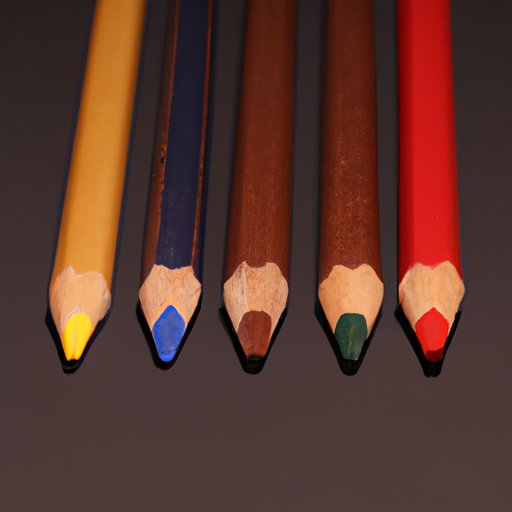
The Art of Making Brown: Different Ways to Create the Color Brown
When it comes to creating art, brown is often an essential color. It is the color of tree trunks, soil, rocks, and animals like deer, horses, and bears. However, making brown can be challenging, especially for beginners who are not familiar with color theory. There are different ways of making brown, and each method produces a distinct shade of brown. In this article, we will discuss the different ways of making brown and their advantages.
Mixing Primary Colors
The simplest way of making brown is by mixing the three primary colors – red, yellow, and blue. To make brown, use more red and yellow than blue. The resulting shade will be a warm, natural brown. However, if you use too much blue, you will end up with a grayish, muddy color that is not very appealing.
The biggest advantage of mixing primary colors to make brown is that it creates a natural-looking brown shade that is perfect for painting landscapes, animals, and natural objects.
Tertiary Colors
The tertiary colors are created by mixing three primary colors together with small amounts of black or white. Brown is a tertiary color that can be created by mixing different proportions of red, yellow, and blue with black or white. The amount of black or white used will affect the shade of brown created.
The advantage of this method is that you can create diverse shades of brown by adjusting the proportions of each color and black or white. This method is perfect for creating realistic skin tones, wood textures, and other materials that require precise shades of brown.
Complementary Colors
Another way of making brown is by mixing two complementary colors on the color wheel. Complementary colors are colors that are opposite each other on the color wheel, such as red and green, blue and orange, and yellow and purple. When mixed together, complementary colors produce brown.
The advantage of this method is that it produces more vibrant shades of brown. Additionally, there are many complementary pairs that you can mix to create different shades of brown, giving you a broad range of colors to choose from. For example, mixing red-violet and yellow-green creates a warm, reddish-brown, while mixing blue-green and red-orange creates a cooler, greyish-brown.
Colored Pencils
When it comes to creating art, colored pencils are a popular medium. Burnt sienna is a common brown color used in colored pencils. It is a warm reddish-brown that is perfect for drawing natural objects like tree trunks, leaves, and animals.
You can create different shades of brown with colored pencils by mixing burnt sienna with other colors. For example, adding a small amount of purple or blue to burnt sienna creates a darker, cooler shade of brown.
The advantage of using burnt sienna is that it creates natural-looking browns that are perfect for drawing realistic subjects. Additionally, colored pencils are easy to use and don’t require any paint mixing.
Natural Sources
If you prefer to create art using natural materials, there are different sources that you can use to make brown pigments. Earth, mud, and clay are natural sources of brown pigments that have been used for centuries by artists. Ingredients like coffee, tea, and cocoa powder can also be used to create brown pigment.
The advantage of using these natural sources is that they create unique and authentic shades of brown that cannot be easily replicated by other methods. However, this method requires some experimentation to get the right shade and may not be suitable for all art projects.
Conclusion
As we’ve seen, there are many ways of making brown, each with its advantages and disadvantages. The best method to use depends on the situation, the medium, and the desired shade of brown. If you’re a beginner, mixing primary colors is the easiest way to make brown. For precise shades, the tertiary color method works well, while the complementary color method creates more vibrant shades. Colored pencils are convenient and easy to use, while natural sources create unique and authentic shades of brown.
Ultimately, the key to mastering the art of making brown is to experiment with different methods and proportions to find the perfect shade for your project.





